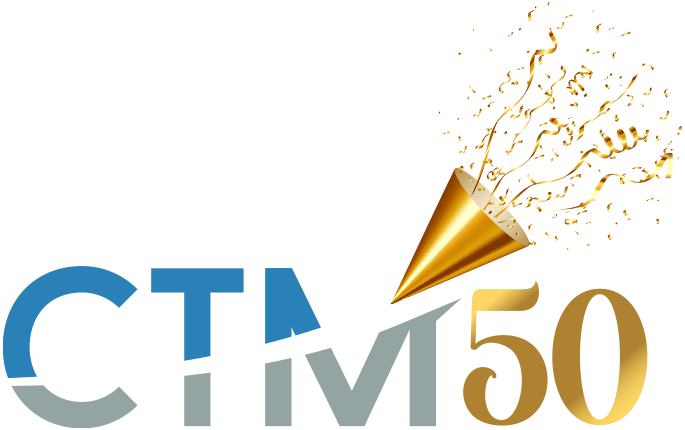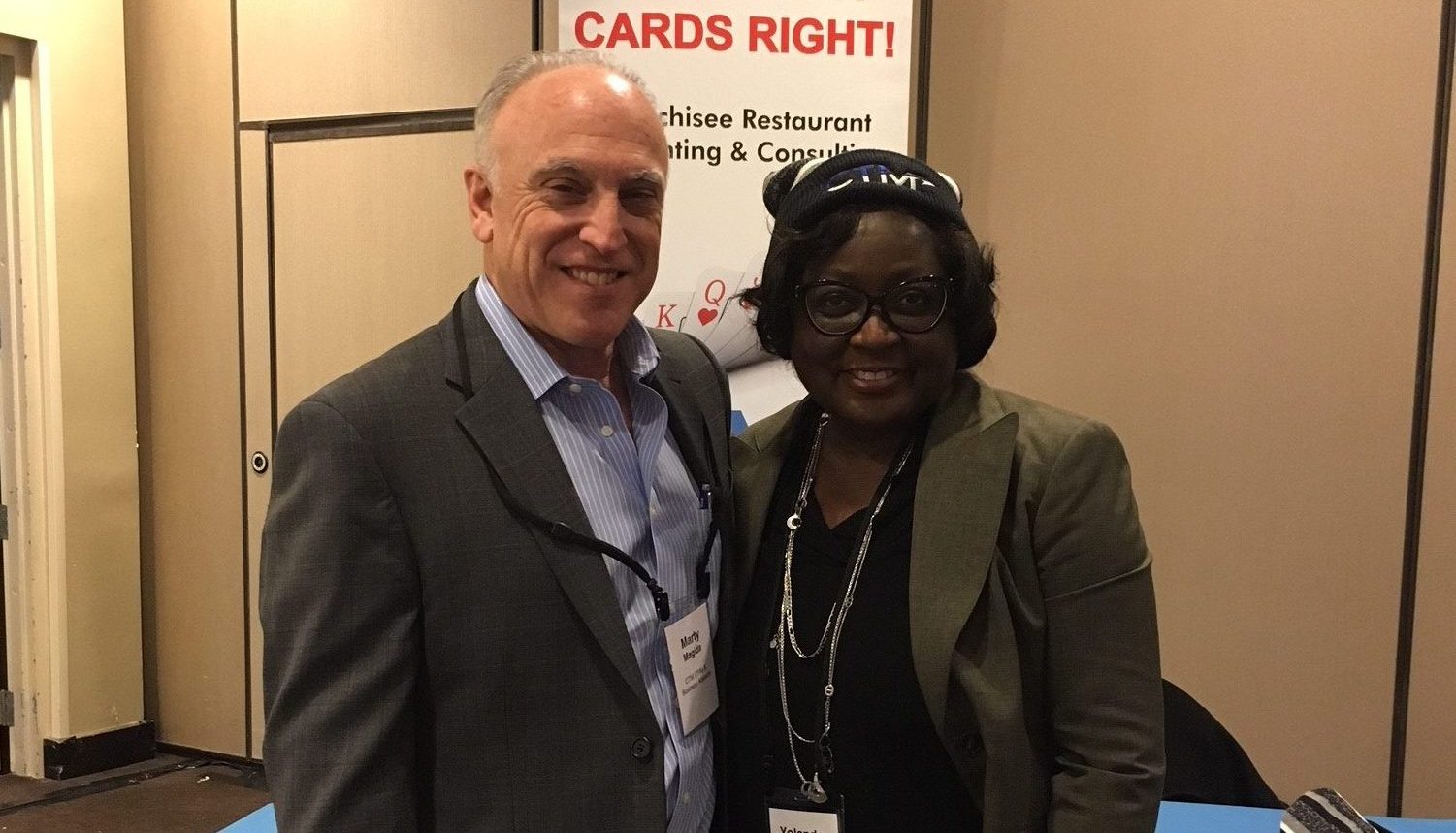On June 5, 2020, President Trump signed the Paycheck Protection Program Flexibility Act (PPPFA) into law. Yet again, the rules have changed, but for the better. For those playing along in this “game,” you once again may have to modify what you are doing. The Paycheck Protection Program (PPP) is a lot like little league…in the end, everyone gets a trophy no matter what your record is. And in this round, the trophy is very likely going to be that you don’t have to pay your loan back.
To refresh your memory, back in March, President Trump signed into law The Coronavirus Aid, Relief, and Economic Security Act (CARES Act). As part of this Act, approximately $600 billion was put in the hands of small businesses as PPP loans to keep them afloat, allowing these businesses to spend funds on employee wages and other qualifying expenses. Assuming certain thresholds were met, these businesses could obtain 100% loan forgiveness or in the worst case, end up with a short-term loan at a very low interest rate.
Because Congress quickly adopted the PPP, many holes were left in the rules, which have been filled in, changed, modified or updated. Both the SBA and the IRS have weighed in numerous times. To help our clients, CTM created a PPP loan tracker, which we have updated six times, and we are now working on a SEVENTH version. It’s a wonder that anyone can keep up with this program and know where they stand. Fortunately, the rules just got a little bit easier, so let’s take a quick look at the significant modifications created by PPPFA:
The “Covered Period”
Under the CARES Act, the time frame that a borrower had to spend its PPP funds on qualifying expenses was eight weeks. Under PPPFA, the “covered period” has been extended to 24 weeks from the date the PPP funds were received or December 31, 2020, whichever comes first. What’s the reasoning behind this? Well, in many states, businesses are just now being allowed to reopen. The logic being the original 8- week time frame is not long enough for these businesses to spend their PPP loan proceeds on forgivable costs.
The split on “Forgivable Expenditures”
Under the CARES Act, in order to achieve 100% loan forgiveness, at least 75% of the loan proceeds had to be spent on payroll expenses (wages, health insurance premiums, retirement plan contributions, state taxes) and up to 25% of the loan proceeds could be spent on qualifying non-payroll costs (lease payments, mortgage interest, utility expenses). Under PPPFA, the 75%/25% split is changed to 60%/40%. This adjustment presumably makes it easier for borrowers to spend enough dollars on their critical business costs to qualify for full forgiveness of their loans. However, there is one potential hazard to watch out for. That is, under PPPFA, if you do not spend at least 60% of the PPP loan proceeds on payroll costs, then none of your loan will be forgiven. This result is in sharp contrast to the original version of the CARES Act, which provided for a partial loss of loan forgiveness if the thresholds were not attained.
Extension of the “Loan Term”
Under the CARES Act, to the extent that a loan was either not repaid or forgiven, the term of the loan is two years with a 1% interest rate (all payments deferred for 6 months). Under PPPFA, the loan term is now extended to five years. While this extension really only applies to new PPP loans made after the passage of this bill, lenders are free to negotiate with borrowers for the longer 5-year term on existing loans.
“Safe Harbor” Modifications
This is probably the most confusing aspect of the PPP rules. Even if you have met the spending thresholds required for 100% loan forgiveness, if you either reduced the number of full time equivalents (FTEs) during the covered period relative to a base period or reduced by more than 25% the hourly wages of employees during the covered period relative to the first quarter of 2020, then you might still have a reduction in your loan forgiveness. Fortunately, the SBA provided a safe harbor, in that if a borrower either fully restored FTEs or hourly wages by the payroll period which includes June 30, 2020, to the levels that were achieved at February 15, 2020, then the borrow could restore the reduction in loan forgiveness. Sound crazy? Well, this safe harbor is still available, except the you now have more time to restore FTEs or hourly wages as the June 30th date has now been moved to December 31st.
And, if you can’t meet the above safe harbor, well then there is a brand new one, sort of. If you experienced a loss in FTEs between February 15, 2020 and December 31, 2020, and can show in “good faith” that the reduction was due to any of the following reasons:
- You were unable to rehire individuals who were employees on February 15, 2020,
- You were unable to hire similarly qualified employees to fill positions by December 31, 2020, or
- You were unable to fully open your business due to government orders by December 31, 2020,
. . . then the amount of loan forgiveness will not be reduced.
Payroll Tax “Deferral”
Under the CARES Act, employers were able to defer the employer’s share of 2020 social security tax (6.2% match on an employee’s first $137,700 of wages) and could pay 50% of these payroll taxes on December 31, 2021, and the other 50% of these payroll taxes on December 31, 2022. If a borrower had obtained a PPP loan, then no “double dipping” was allowed. Under PPPFA, this limitation has been changed – businesses accepting PPP loans are now fully able to defer payroll taxes.
Final Thoughts
Although the PPPFA relaxes some of the loan rules, if your original 8-week covered period is already over or you are nearing the end of it and you have already met the requirements for 100% loan forgiveness, you are not required to adopt the 24-week covered period. If your PPP loan was obtained before this new law, you can elect to use the 8-week covered period. This would mean that you don’t have to wait until the end of the year to apply for loan forgiveness. In any event, every time the rules surrounding the PPP are changed, more uncertainties arise – so look for more SBA guidance in the next week. We will do our best to keep you informed.









